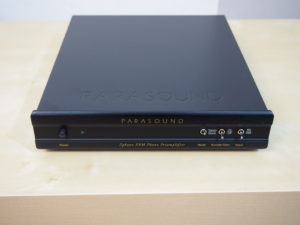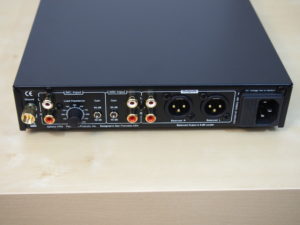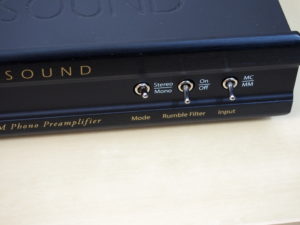There are a few different types of record collectors out there. There are the people just getting into the hobby, combing through record stores, happy to own their first copy of Dark Side of the Moon. There are the obsessive collectors, who will only listen to analog- who have completely abandoned their CD collections and have gone to strictly vinyl now. There are the audiophile pressing snobs, paying $30 and more for the most incredible pieces of wax known to man. Then, there are the people like me. Who am I? I guess I’m the “it comes to me” kind of collector. I hardly ever buy records. I don’t really have to. People give them to me all the time. They know I’m into it, so they bring me boxes of them. When I do buy records, it’s from Goodwill, thrift stores, garage sales, or dollar bins. I buy cheap. It’s the Shoestring way!
This has resulted in a buildup of quite a large and eclectic collection for me to enjoy. I’ve been building this collection since I was seven years old.
Recently, I upgraded my receiver in my main multi-channel system to one that does not have a phono input. This has brought me into a whole new world of trying out phono preamps, with various results. When I ran into my friends from Parasound at the Florida Audio Expo, I inquired about a phono preamp, knowing they make very fine ones. They were happy to show me one that brought to the show, the XRM ($599), and arranged to send it right out to me.

The XRM arrived just after the Florida Audio Expo, and I put it right into my system, anxious to hear what it would do for my Pro-Ject One turntable and Oyster cartridge. Now, I could have gone a lot of ways with this. Yes, I own some audiophile pressings. I have some 180 gram gems, and some high-end pieces of art in my collection. That is not what I reached for. Instead, I grabbed the copy of Queen’s first album that I just bought for $1 at Goodwill, and my ’75 pressing of Led Zeppelin’s Physical Graffiti. So what did I get? In a very quick word, what I got was trutLet me expound on that. I’ve heard phono preamps that have done wonderful things for records, and you know what? God bless ‘em. What I heard instantly out of the Parasound XRM was the truth of what was on the vinyl. Nothing more, nothing less. At first, I even thought that this was a somewhat reserved-sounding piece, until I really settled into it, listened to it for a while, and realized that it was giving me a great deal of honesty. There are no enhancements of any frequencies here. It’s not pumping up the bass or accentuating the treble, but simply giving me what’s on the record in a very rich, but not overly lush, manner.
At the moment, I’m playing “History of Eric Clapton,” a double record set that came out in 1972, and I’ll guess my copy is somewhat original. It’s an album chock-full of live recordings and long jams and stuff you just couldn’t hear anywhere else. The album also features some of Eric’s early work with the Yardbirds and The Bluesbreakers. What I’m hearing is some of the smoothest sounds I’ve ever heard from my turntable.
Completely switching gears (pun intended). A buddy of mine lent me Kraftwerk’s 1974 masterpiece “Autobahn,” and well… now you want to talk about truthful. Here’s where the frequency spectrum is truly full and the soundstage just opens right up. This is a very punchy piece of vinyl, bringing out the best in not only my big Klipsch speakers, but my subwoofer, as well.
Besides being punchy, “Autobahn” is also a very detailed piece of music. This is where a lesser phono preamp would begin to fall short. There are portions where the instruments are very clean and sharp, and parts where voices are distorted. The XRM is handling all of these nuances masterfully. The dynamics are fantastic, but never feel inflated.
Since the Oyster is a MM cartridge, I am using the corresponding input, with the 40 dB setting. I did try the 50 dB setting at first, but found the 40 dB setting to sound more natural with my receiver. With this setting, the XRM is giving an A-weighted signal-to-noise ratio of >94 dB. I have the rumble filter defeated. The rumble filter is a handy 40 Hz high pass, 18 dB/octave filter that can be engaged right from the front panel.
Overall, the Parasound XRM phono preamp is one of the most pleasing pieces of equipment I’ve used in my system. I’ve been pulling out lots of vinyl in the weeks since it arrived and been enjoying it immensely. That, in essence, is the most important endorsement I can give the Parasound XRM. Whatever may help us enjoy our records (and our systems) at a higher level is certainly worth the price of admission, and that’s hopefully why you read articles like this. I have always been a fan of Parasound’s products, and this is just another one of the reasons why.
Associated Equipment
Pro-Ject One turntable with Oyster cartridge
Yamaha RX-V663 receiver
Klipsch KLF-30 speakers
M&K K9 subwoofer
Monster Cable interconnects
KimberKable speaker cables

